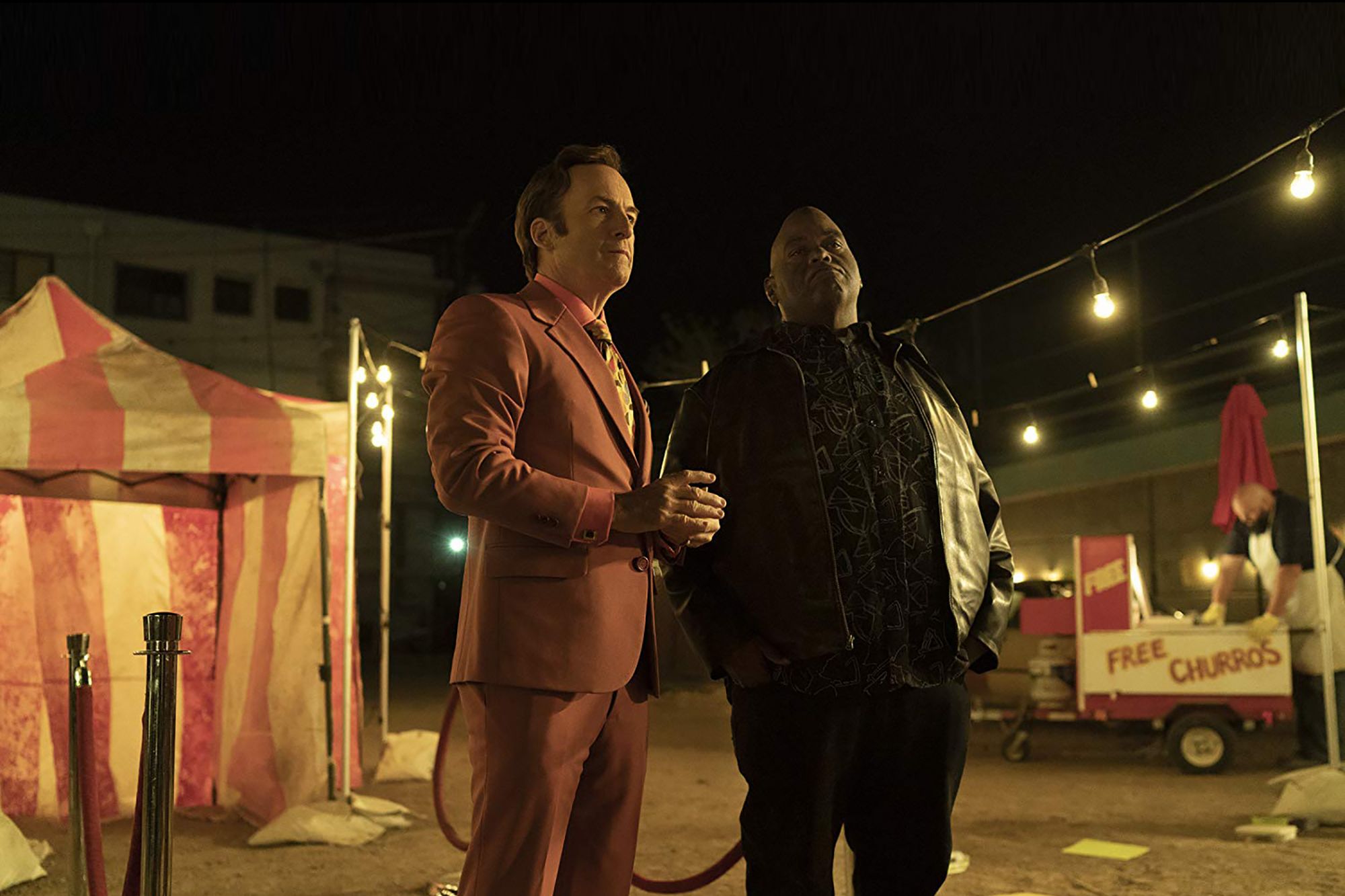Double-Edged Sword: Why Burnout Is Both A Curse And A Catalyst In The Creative Industry. In small doses, burnout can be a creative accelerant. Like a muscle pushed to its limit in the gym, brief bursts of high intensity can push us to break new barriers.
By Asiya Ali
Opinions expressed by Entrepreneur contributors are their own.
You're reading Entrepreneur Middle East, an international franchise of Entrepreneur Media.

What's your dopamine hit every day when you go to work? Is it that first cup of coffee, the vape break, or maybe the satisfaction of clearing your inbox? For many in the creative industry, it's the thrill of that minute rush that keeps us moving, keeping us afloat through demanding schedules and intense deadlines. But what happens when that rush becomes less of a motivator and more of a necessity?
My name is Asiya Ali and I am the founder of MKV Digital, an award-winning marketing agency. After several years in the industry I can confidently tell you that just like any service industry, we often thrive under pressure, much like chefs in the heat of a kitchen. Think about the chefs on the show The Bear, where the kitchen is a battlefield, orders flying, tempers flaring, but amidst the frenzy, extraordinary Michelin-starred dishes are born. Those chefs live for the pressure, laser-focused on the craft, chasing the high of creating something brilliant. However, outside the kitchen, they are often burnt out, emotionally drained, perhaps puffing on a cigarette between shifts just to decompress. The same is true for many creatives: we chase the rush of a deadline, the spark of last-minute innovation, but that adrenaline-fueled brilliance comes at a price.
Burnout isn't just about exhaustion, it's about the delicate balance between productivity and collapse. For some, including myself, the best work often happens under pressure. When the stakes are high, the mind sharpens, creativity kicks into overdrive, and we somehow manage to push through and deliver. The line between thriving under pressure and burning out is razor-thin, and in the creative industry, it's easy to cross that without realizing it.
Interestingly, the industry itself doesn't shy away from this truth. Creativity, after all, isn't born in comfort. It's during those last-minute pitch meetings or in the rush to meet a looming deadline that brilliance often strikes. The urgency drives innovation in a way that slow, steady work sometimes can't. That pressure can unlock creative potential, but if we lean on it too often, we find ourselves in a perpetual state of burnout, chasing that next high without considering the toll it's taking.
In small doses, burnout can be a creative accelerant. Like a muscle pushed to its limit in the gym, brief bursts of high intensity can push us to break new barriers. But as with any muscle, too much strain without recovery leads to injury. The same is true in creative work. When we constantly push ourselves beyond our limits, burnout stops being a motivator and becomes a state of chronic exhaustion.
Take artists like Vincent van Gogh, whose emotional intensity fueled his masterpieces. Starry Night, for example, is a testament to the brilliance that can emerge from deep mental strain. Yet his genius came at a great personal cost, his health deteriorated, and his life spiraled. This double-edged sword is ever-present in the creative industry: the very pressure that ignites brilliance can also destroy it if not carefully managed.
Time management strategies only go so far. One of the greatest challenges for creatives is finding balance, not just between work and rest, but between professional ambition and personal fulfillment. We pour ourselves into our work, chasing accolades and achievements, often at the expense of our well-being, relationships, and personal lives. While professional success brings a dopamine hit of its own, it doesn't fill the void left when personal fulfillment is neglected.
As creatives, it's crucial to step back and ask: What truly makes me happy? Is it the satisfaction of delivering another award-winning project, or would I find more joy in spending time with family, pursuing a hobby, or simply resting? The balance is key. Without it, burnout doesn't just affect our work, it affects our entire lives.
So, how do we harness burnout without letting it consume us? One of the strategies I swear by is focusing on one task at a time, a principle taken from Brian Tracy's book, Eat That Frog. If you tackle the toughest, most challenging task first, the rest of the day becomes easier. The "frog" represents the task that weighs most heavily on your mind, the one that's hardest to start but once completed, lightens your mental load for the rest of the day.
For me, this means finishing my biggest project before lunch. In the early hours, when the team is fresh, we tackle the most creative, high-stakes work, whether it's developing a strategy, designing a concept, or crafting a pitch. By noon, the heaviest, most demanding work is behind us, and the rest of the day flows smoothly. This simple shift helps us avoid the dreaded late-night scramble that often comes with procrastination and burnout.
Burnout in the creative industry is inevitable. However, it doesn't have to be constant. In the right doses, it can push us to new creative heights, sharpen our focus, and help us break through creative blocks. The key is learning how to dance with it, and how to harness that pressure without letting it consume us.
In the end, creative work isn't about surviving the burnout, it's about learning when to lean into it and when to pull away, so we can keep creating without losing ourselves in the process.
Related: The Myth of Overnight Success: The Untold Struggles Behind Winning at Cannes and Dubai Lynx













